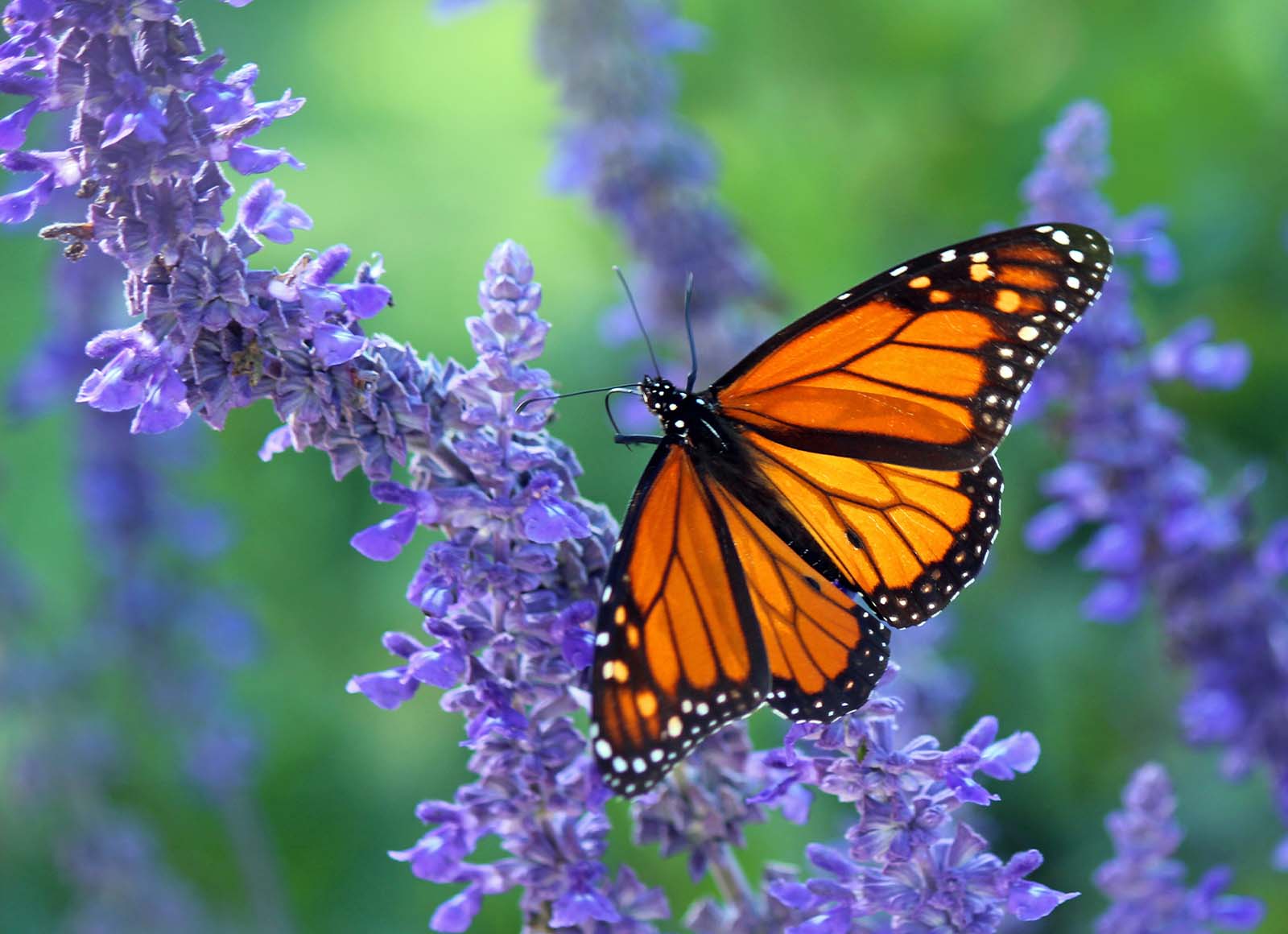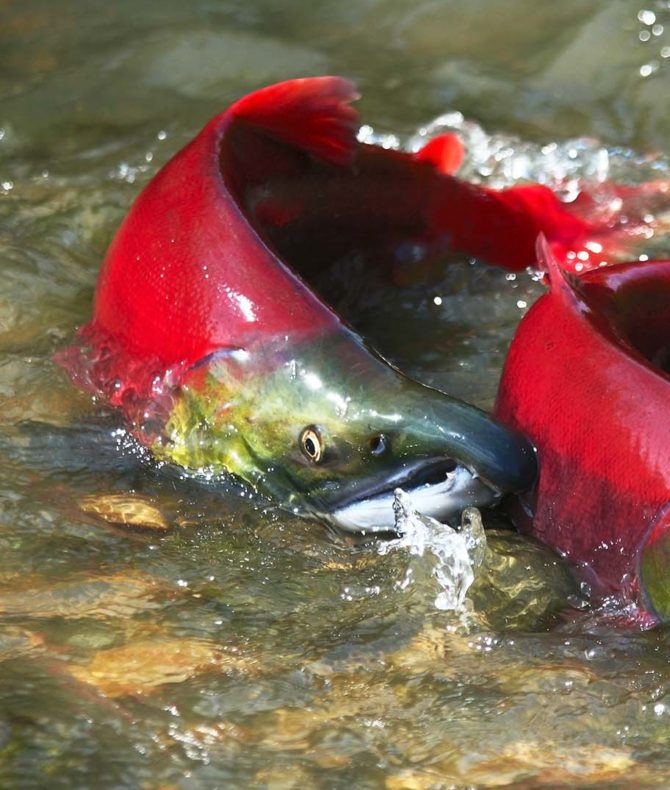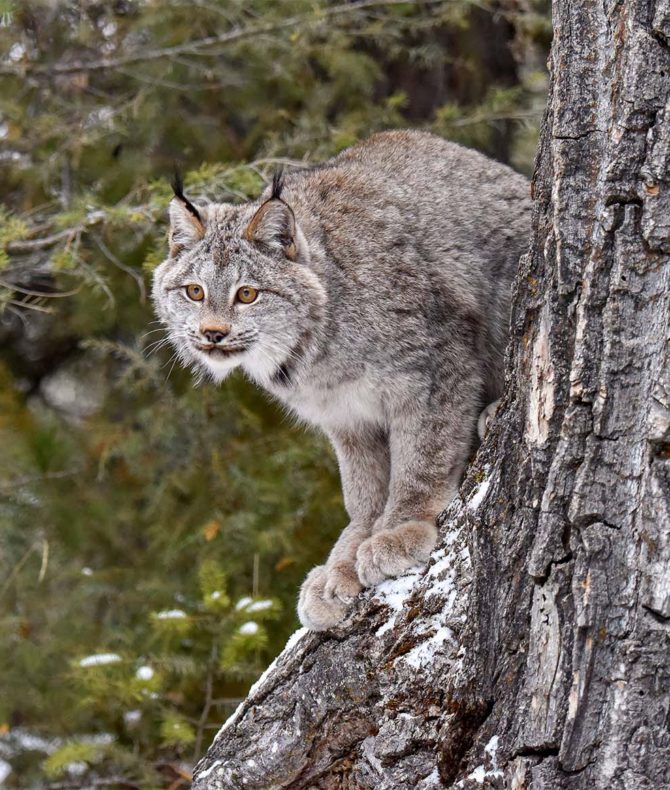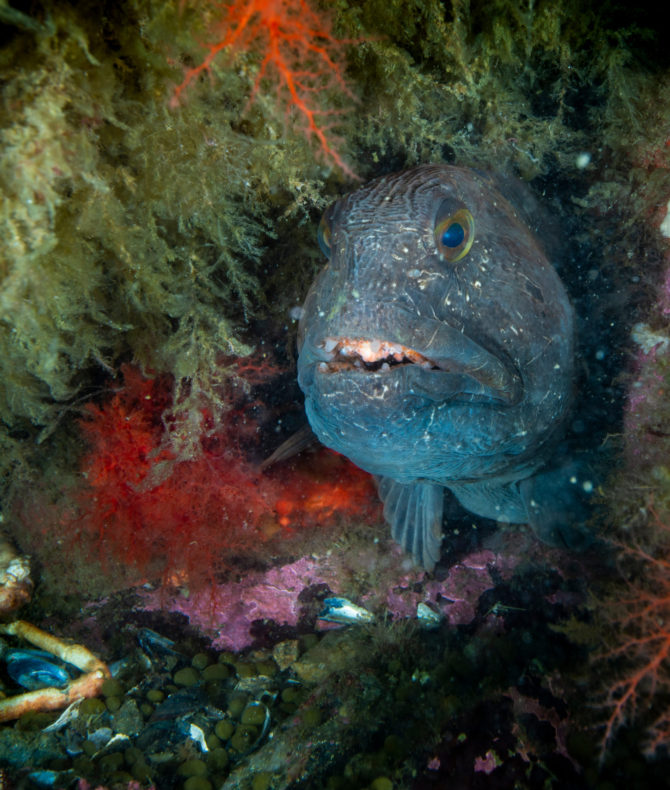About
The iconic Monarch is unique among butterflies as it makes an astonishing 4,000 km journey from Canada to Mexico each autumn. It takes 3 generations of Monarch’s to complete the trip, using only the sun’s position on the horizon as a compass. Incredible! In Canada, the Monarch can be found in every province, but their breeding grounds are concentrated in southern Ontario and Quebec, with a small breeding population in southern British Columbia as well. The Monarch has become an international symbol of conservation, as it’s complex life cycle has brought together a shared natural heritage between Canada, the United States, and Mexico.

Challenge
Despite the Monarch’s popularity and iconic status, the population has declined by more than 80% across North America in the last few decades. Each of the three host countries has its own set of pressures that are contributing to this decline, and in Canada, these include habitat loss, pesticides, and invasive species, among others. The Monarchs’ complex life history means that there is still much uncertainty around the ecology and life history needs of this species. Additionally, it’s continental migration presents several unique challenges that require both national and international collaboration to overcome.
Solutions
In partnership with Environment and Climate Change Canada, Global Conservation Solutions facilitated a series of workshops that brought together a team of over 60 experts from across Canada to design effective solutions for the Monarch. Using the Conservation Standards planning framework, the team of NGOs, academics, Indigenous groups, and government agencies developed a series of conservation goals, strategies, and objectives to restore Monarch populations and their habitat across Canada, as well as to strengthen international collaboration.
Results
The Monarch team evaluated 8 goals and over 30 strategies related to habitat conservation and restoration, land use planning, integrated pest management, public education and engagement, research, and monitoring. By assessing the relative effectiveness of each strategy toward achieving the goals, the team was able to focus on those strategies that will achieve the greatest ecological return on investment for Monarch, and to design objectives to assess whether the strategies are achieving their desired impact. Collectively, this information is now being used to inform federal conservation programs to promote thriving populations of Monarch across Canada and to ensure it that remains an international conservation symbol.




